A. Saltelli, Stefano Tarantola, Francesca Campolongo, Marco Ratto0470870931, 9780470870938, 9780470870945
Table of contents :
Team DDU……Page 1
CONTENTS……Page 6
PREFACE……Page 10
1.1 A simple model……Page 14
1.2 Modulus version of the simple model……Page 23
1.3 Six-factor version of the simple model……Page 28
1.4 The simple model ‘by groups’……Page 35
1.5 The (less) simple correlated-input model……Page 38
1.6 Conclusions……Page 41
2.1 Examples at a glance……Page 44
2.2 What is sensitivity analysis?……Page 55
2.3 Properties of an ideal sensitivity analysis method……Page 60
2.4 Defensible settings for sensitivity analysis……Page 62
2.5 Caveats……Page 69
3.1 The jumping man. Applying variance-based methods……Page 76
3.2 Handling the risk of a financial portfolio: the problem of hedging. Applying Monte Carlo filtering and variance-based methods……Page 79
3.3 A model of fish population dynamics. Applying the method of Morris……Page 84
3.4 The Level E model. Radionuclide migration in the geosphere. Applying variance-based methods and Monte Carlo filtering……Page 90
3.5 Two spheres. Applying variance based methods in estimation/calibration problems……Page 96
3.6 A chemical experiment. Applying variance based methods in estimation/calibration problems……Page 98
3.7 An analytical example. Applying the method of Morris……Page 101
4.1 Introduction……Page 104
4.2 The method of Morris……Page 107
4.3 Implementing the method……Page 113
4.4 Putting the method to work: an analytical example……Page 116
4.5 Putting the method to work: sensitivity analysis of a fish population model……Page 117
4.6 Conclusions……Page 120
5.1 The settings……Page 122
5.2 Factors Prioritisation Setting……Page 123
5.3 First-order effects and interactions……Page 124
5.4 Application of Si to Setting ‘Factors Prioritisation’……Page 125
5.5 More on variance decompositions……Page 131
5.6 Factors Fixing (FF) Setting……Page 133
5.7 Variance Cutting (VC) Setting……Page 134
5.8 Properties of the variance based methods……Page 136
5.9 How to compute the sensitivity indices: the case of orthogonal input……Page 137
5.10 How to compute the sensitivity indices: the case of non-orthogonal input……Page 145
5.11 Putting the method to work: the Level E model……Page 149
5.11.1 Case of orthogonal input factors……Page 150
5.11.2 Case of correlated input factors……Page 157
5.12 Putting the method to work: the bungee jumping model……Page 158
5.13 Caveats……Page 161
6.1 Model calibration and Factors Mapping Setting……Page 164
6.2 Monte Carlo filtering and regionalised sensitivity analysis……Page 166
6.2.1 Caveats……Page 168
6.3 Putting MC filtering and RSA to work: the problem of hedging a financial portfolio……Page 174
6.4 Putting MC filtering and RSA to work: the Level E test case……Page 180
6.5.1 Bayesian uncertainty estimation……Page 183
6.5.2 The GLUE case……Page 186
6.5.3 Using global sensitivity analysis in the Bayesian uncertainty estimation……Page 188
6.6 Putting Bayesian analysis and global SA to work: two spheres……Page 191
6.7 Putting Bayesian analysis and global SA to work: a chemical experiment……Page 197
6.7.2 Global sensitivity analysis……Page 198
6.7.3 Correlation analysis……Page 201
6.7.4 Further analysis by varying temperature in the data set: fewer interactions in the model……Page 202
6.8 Caveats……Page 204
7.1 Introduction……Page 206
7.3 SIMLAB main panel……Page 207
7.4 Sample generation……Page 210
7.4.3 Latin hypercube sampling (LHS)……Page 211
7.4.5 Quasi-Random LpTau……Page 212
7.4.9 How to induce dependencies in the input factors……Page 213
7.5 How to execute models……Page 214
7.6 Sensitivity analysis……Page 215
8 FAMOUS QUOTES: SENSITIVITY ANALYSIS IN THE SCIENTIFIC DISCOURSE……Page 218
REFERENCES……Page 224
INDEX……Page 230
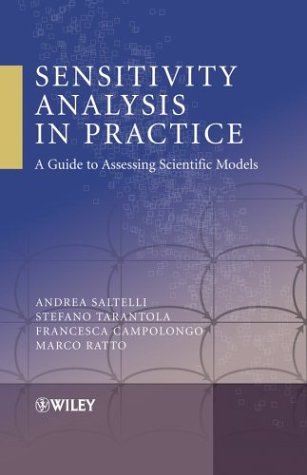

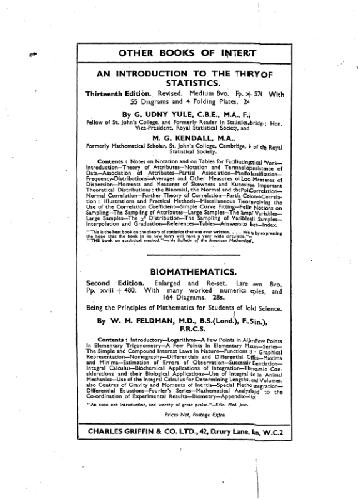
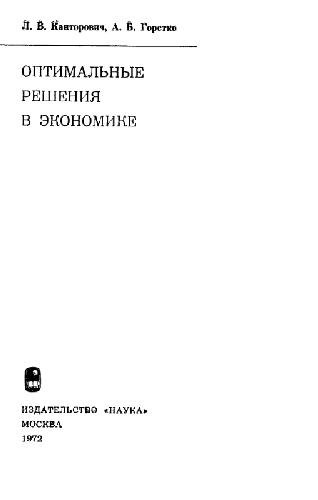
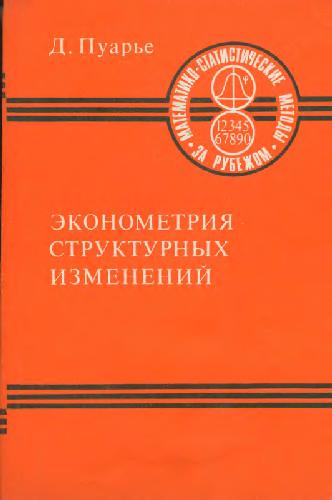

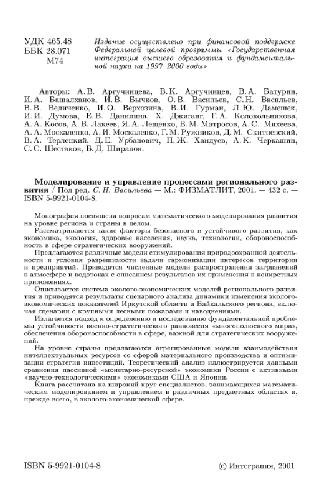
Reviews
There are no reviews yet.